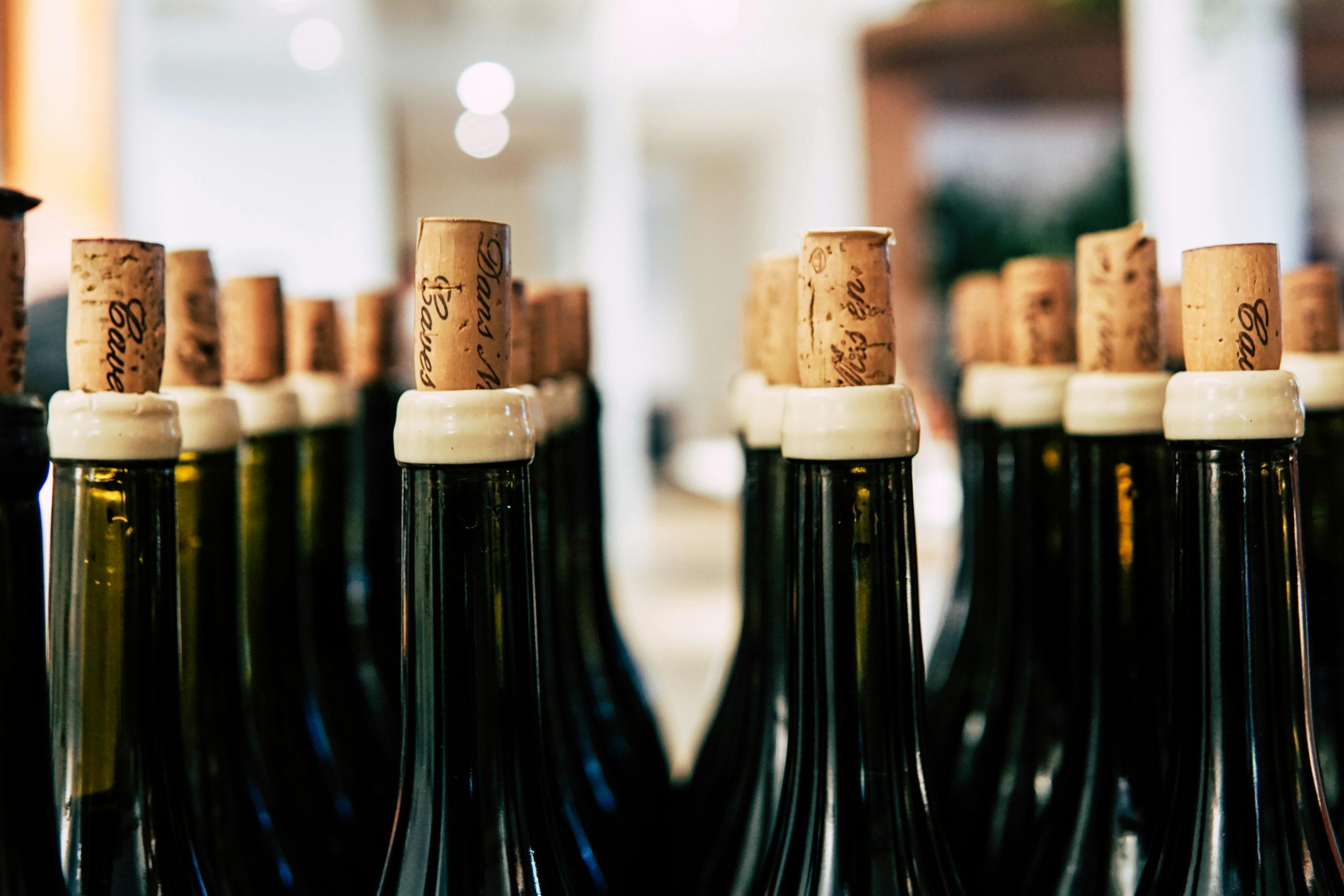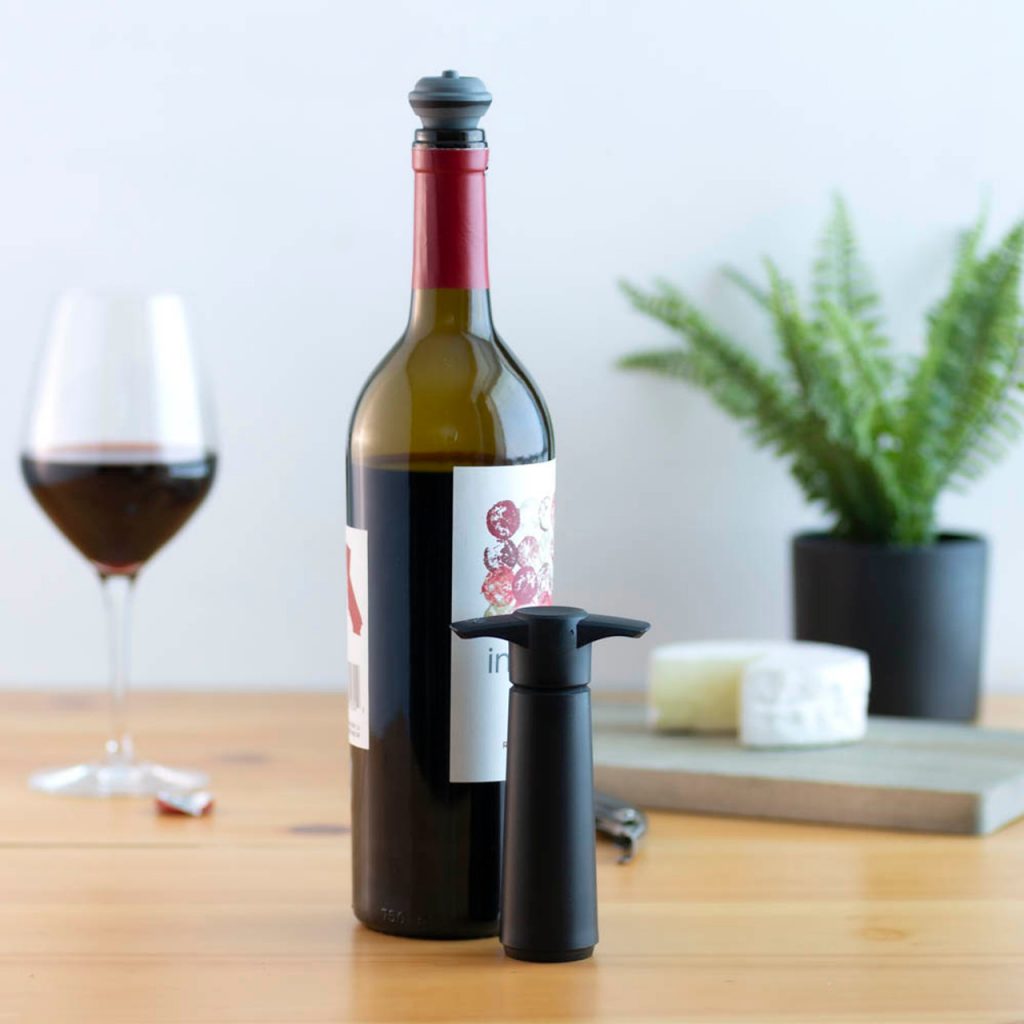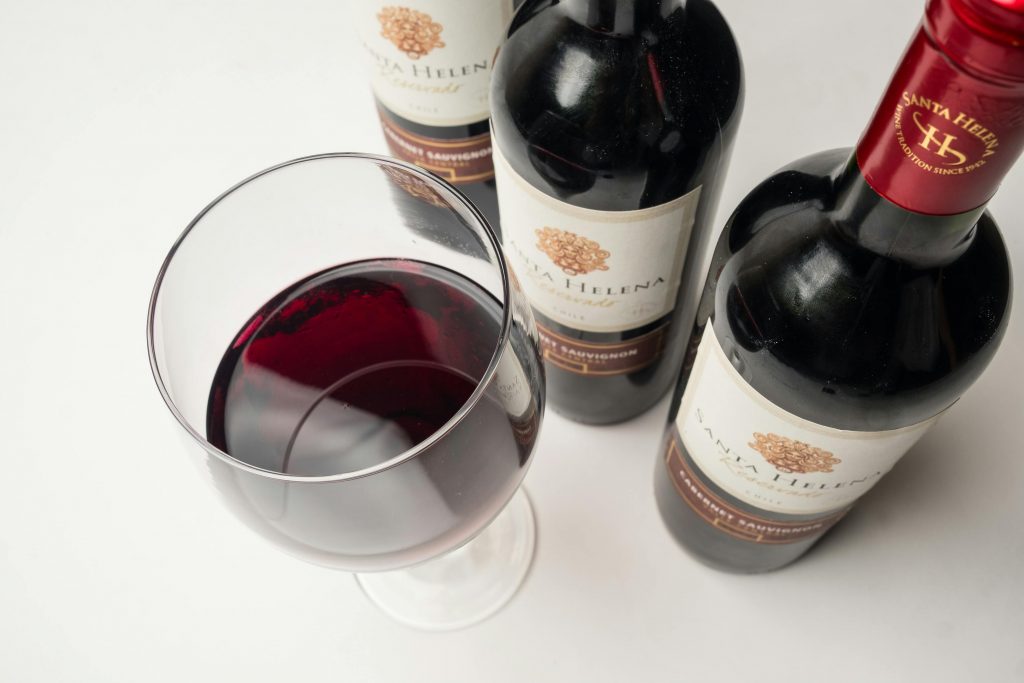We’ve all experienced a situation in which we have friends over, open 2-3 bottles of wine but there’s always one that never gets finished, right? So now you’re left with the decision on whether to keep it or toss it and let’s be honest, who wants a good bottle of wine to go to waste?
This gives rise to the questions of does wine go bad? How long should we keep an opened bottle of wine and what is the best way to store leftover wine? Explore this article and find out:
Does wine go bad?
They say the truth hurts and as much as you’d hate to hear it, but wine does go bad. It’s all related to oxidation, a chemical process that occurs when ethanol is exposed to air and turns into acetaldehyde. It’s crucial to the process of creating wine. It is rather common for oxidation to occur during fermentation, corking, aging in the barrel, and exposure to air during the winemaking process. Wines are readily altered by oxidation, which raises the acetic acid content and masks the flavours. Your favourite Pinot Noir may lose its bright berry fragrance and start to smell sour and vinegary instead after it has been sitting for a while after being opened.
How to store an opened bottle of wine
Once you’ve opened a bottle of wine but you’re sure you won’t finish it, what is the best place to store it? – The fridge. According to Wikus Human, head sommelier at Marble Hospitality, “The fridge is always the safest spot to store an opened bottle of wine.”
Some wines can last up to 7 days in the fridge once opened. The golden rule is always to put a closure back on the bottle to prevent it from oxidating too quickly. “When a wine has been open for a long period of time and you are unsure whether the wine is good or not, a main factor to consider is to always check for freshness and fruit,” Wikus adds.

People tend not to put reds in the fridge, so they may go a bit sour faster while sparkling wines, like champagne, go even quicker—just one to three days and it’s past its prime. The longer sparkling wine sits, the quicker it loses its carbonation.
After being opened, all wines need to be corked and refrigerated again. Any kind of wine should be kept cold and dark to prevent deterioration and to minimise its exposure to heat, light, and oxygen. Just keep in mind that before serving, more robust red wines should be brought down to room temperature.
ALSO READ: The perfect way to drink wine
Tips for storing leftover wine and how to use it
- Use an affordable Vacuvin wine saver with stoppers to draw out oxygen and extend the life of your opened wines by 3-5 days.
- For sparkling wines, opt for closures specifically designed for bubbles, as they work effectively to preserve the fizziness.
Coravin for long-term storage:
- Consider investing in a more sophisticated option like a Coravin for extended preservation.
- The Coravin device penetrates the cork and injects argon gas, creating a protective blanket that allows wines to be stored for months without oxidation.

Reusing oxidized wine:
- Don’t discard oxidized wine; repurpose it for cooking purposes.
- Utilise oxidized wine for deglazing pans, creating flavourful pickling solutions, enhancing dressings, as a curing agent, or for braising or poaching dishes.
Consistent temperature:
- Store wines in a cool, consistent temperature environment, preferably between 7-18°C.
- Avoid frequent temperature fluctuations, as they can accelerate aging and spoil the wine.
Horizontal storage:
- Keep wine bottles horizontally to ensure the cork remains moist, preventing it from drying out and allowing air to enter.
Dark and humid conditions
- Store wine in a dark place to prevent UV rays from affecting the quality.
- Maintain a slightly humid environment to keep corks from drying out, ensuring a proper seal.
ALSO SEE: Culture Wine Bar owner Matt Manning shares top wine trends for 2024
Culture Wine Bar owner Matt Manning shares top wine trends for 2024
Feature image: Pexels

